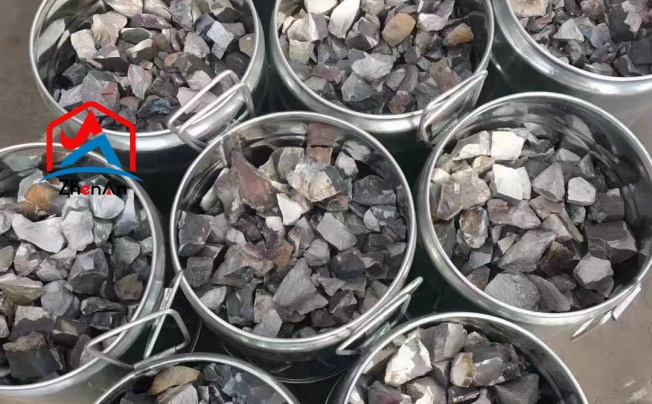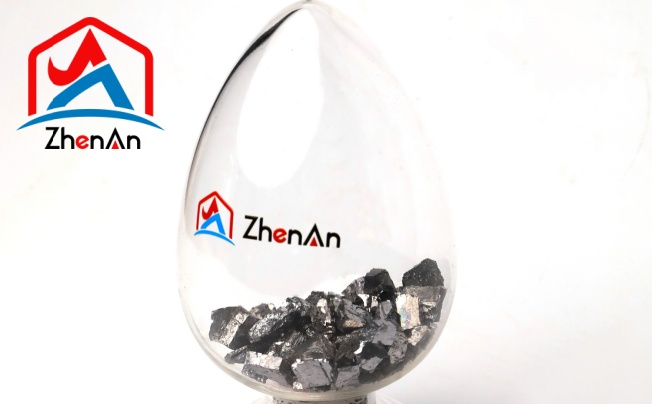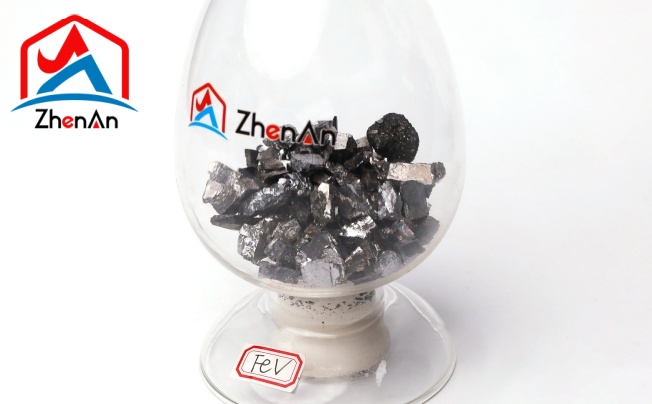What is ferro silicon 75?
An iron-silicon alloy called ferrosilicon 75 has around 75% silicon by weight.
Ferrosilicon 75 is primarily made up of silicon and iron, with silicon making up around 75% of the alloy. Small amounts of additional elements like carbon, sulphur, phosphorus, calcium, and aluminium may also be present.
75 In the steel industry, ferrosilicon is frequently used to help remove oxygen from steel and improve its quality. Ferrosilicon 75 is used as a spheroidizing and multiplication agent in the foundry sector. 75 Ferrosilicon finds use in various other industries as well. It is employed as a reducing agent in the ferroalloy industry to create low-carbon ferroalloys. It can also be applied as a coating for welding rods in the electrode production sector and as a suspended phase in the mineral processing business.
Uses of ferro silicon 75
(1) In the steel industry, ferrosilicon 75 is a necessary deoxidizer. Ferrosilicon 75 is used in the production of steel for both diffusion and precipitation deoxidation.
(2) In the cast iron industry, ferrosilicon 75 is employed as a spheroidizing agent and inoculant. 75 ferrosilicon is a crucial nebulizer and inoculant in the manufacturing of nodular cast iron, as it aids in the precipitation of graphite.
(3) The reducing agent ferrosilicon 75 is utilised in the ferroalloy manufacturing process. In addition to having a high chemical affinity for oxygen, high-silicon ferrosilicon 75 has extremely little carbon. Thus, in the ferroalloy sector, high-silicon ferrosilicon, also known as silicon alloy, is a frequently utilised reducing agent in the synthesis of low-carbon iron alloys.
(4) Manufacturing Alloys: Ferro Silicon 75 is incorporated into different alloys to provide desired characteristics. It can strengthen the alloy’s resistance to corrosion, raise its heat resistance at high temperatures, and improve its overall performance. For instance, silicon steel for transformer cores is produced using it.
(5) Moulding Industry: In the moulding industry, Ferro Silicon 75 is utilised as a sprout or bud. It facilitates the granulation and strengthening of the metallic structure during the casting of cast irons, both alloy and non-alloy.
(6)When smelting magnesium metal at a high temperature using the Pidgeon procedure, 75 ferrosilicon is frequently utilised. CaO.MgO is made of replacement magnesium, and 1.2 tonnes of ferrosilicon is needed for every tonne of metal magnesium. One major factor is the manufacture of magnesium metal.
How to use ferrosilicon?
- Ferrosilicon selection To make sure that 75# ferrosilicon satisfies the specifications of the steelmaking process, consideration should be given to both its composition and physical characteristics. Ferrosilicon must also be cleaned and have its particle size distribution carefully monitored if it is to be used effectively in the steelmaking process.
- Ratio and technique of mixing: Determine the necessary amount of 75# ferrosilicon and mix it proportionately with molten steel, in accordance with the specifications of the steelmaking process. Ferrosilicon and molten steel can fully react through the use of online stirring, input methods, and other techniques in the mixing process.
- Precautions during operations The safe functioning of the 75# ferrosilicon should be considered while adding it to the steelmaking process. For instance, to prevent splashing and splashing produced by strong reactions and to maintain worker safety, it should be added slowly and evenly into the molten steel.
Frequently Asked Questions and Solutions about Ferrosilicon
- Incorrect amount of addition
A small amount of 75# ferrosilicon added could have a poor deoxidation effect; a large amount added could have an impact on the steel’s toughness and plasticity. Solution: Calculate the necessary quantity of 75# ferrosilicon by the specifications of the steelmaking process, making sure that the result falls within a suitable range.
- Inequitable blending
Insufficient reactivity during the steelmaking process can result from unevenly mixing 75# ferrosilicon with molten steel, which can impact the steel’s quality and performance. Solution: Make sure that ferrosilicon and molten steel are thoroughly combined by using a suitable mixing technique.
- A violent response Safety issues could arise if the reaction to the addition of 75# ferrosilicon is excessively strong. Solution: To prevent inciting strong reactions, pay close attention to the addition method and speed.







